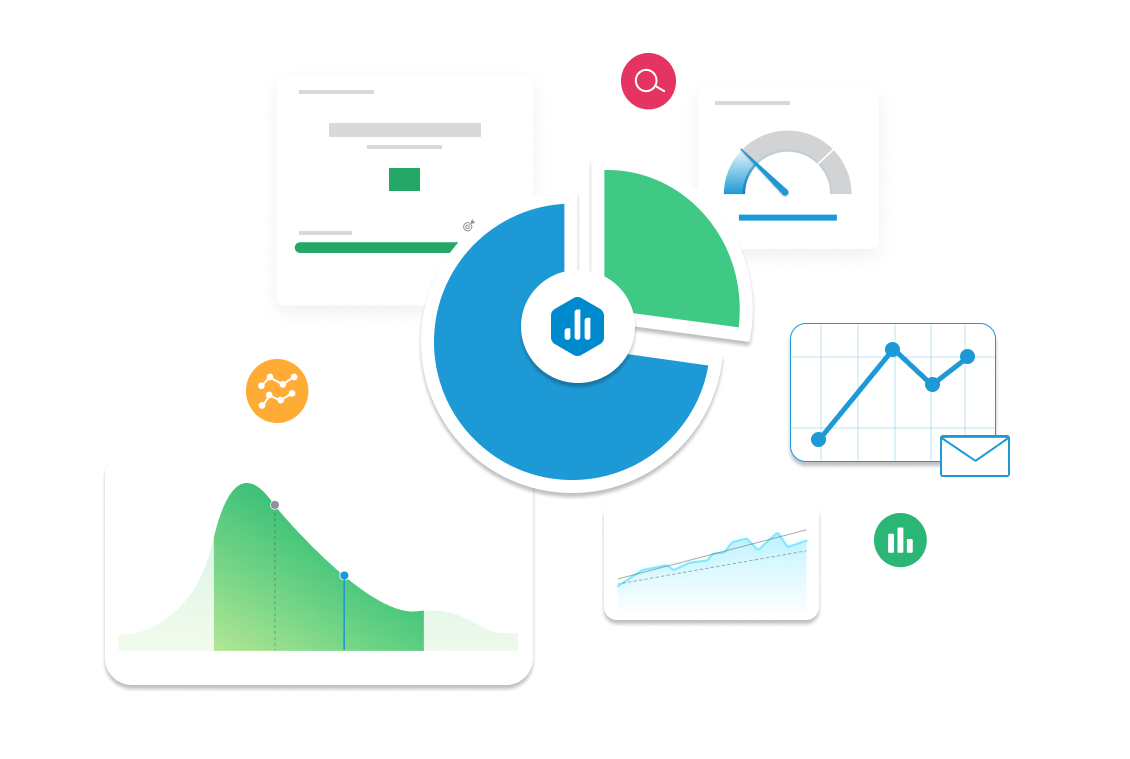How to Calculate Variants of Marketing Qualified Leads (MQLs)
MQLs aren’t calculated with a single formula—they’re defined by rules your team sets to identify high-potential leads. But you can track MQL counts in different ways to get deeper insights.
1. Monthly or Yearly MQLs
Track how many MQLs you generate in a specific time frame to measure marketing performance over time.
Example: If your team had 300 MQLs in March and 250 in April, that might show a trend worth exploring.
2. MQLs by Channel
Segmenting MQLs by source—like paid ads, organic search, email, or social—helps you see which channels bring the highest quality leads.
Example:
-
Paid ads: 120 MQLs
-
Email: 80 MQLs
-
Organic search: 200 MQLs
3. MQL-to-Customer Rate
Divide the number of MQLs that convert to customers by total MQLs to measure lead quality.
Why Marketing Qualified Leads (MQLs) Matter
Marketing Qualified Leads (MQLs) are a critical KPI because they represent the link between marketing efforts and real sales potential. MQLs are prospects who’ve shown interest and meet certain criteria, making them more likely to convert than general leads. Tracking MQLs helps teams measure how well campaigns attract the right audience—not just more traffic.
This KPI supports key business goals like growth, efficiency, and profitability. For example, if your MQL count rises but sales stay flat, it could signal misalignment between marketing and sales teams—or poor lead quality. On the other hand, a steady increase in high-converting MQLs means your strategy is working.
Marketers use MQLs to refine targeting and messaging. Sales teams rely on them to prioritize follow-ups, and executives use them to forecast pipeline health. Monitoring MQLs regularly helps teams focus on high-impact opportunities and improve collaboration, ultimately driving better conversion rates and revenue outcomes.
Related KPIs to Marketing Qualified Leads (MQLs)
MQLs are a vital part of the marketing-to-sales funnel and connect directly with other KPIs that measure lead quality, conversion potential, and overall performance.
MQLs vs. Sales Qualified Leads (SQLs)
SQLs are leads that the sales team confirms as ready for outreach. A high MQL-to-SQL conversion rate means your marketing team is passing along quality leads. If that rate is low, it may suggest your lead criteria need refining.
MQLs vs. Conversion Rate
MQLs are early in the funnel, but you can track how many convert into paying customers. A rising number of MQLs with a flat or dropping conversion rate may indicate weak nurturing or poor lead fit.
MQLs vs. Cost per Lead (CPL)
If MQL volume increases but CPL stays efficient, your campaigns are working well. If CPL rises without more MQLs, it’s time to adjust strategy.




